Cheeky or chronically bored? Tips and tricks for keeping dogs busy
Denver (Colorada/USA) - When dogs chew up furniture and shoes, tear apart the garbage or dig up the freshly planted garden bed, they are not doing it to annoy their owners. There is often a simple reason behind the four-legged friend's apparent bad will: boredom.
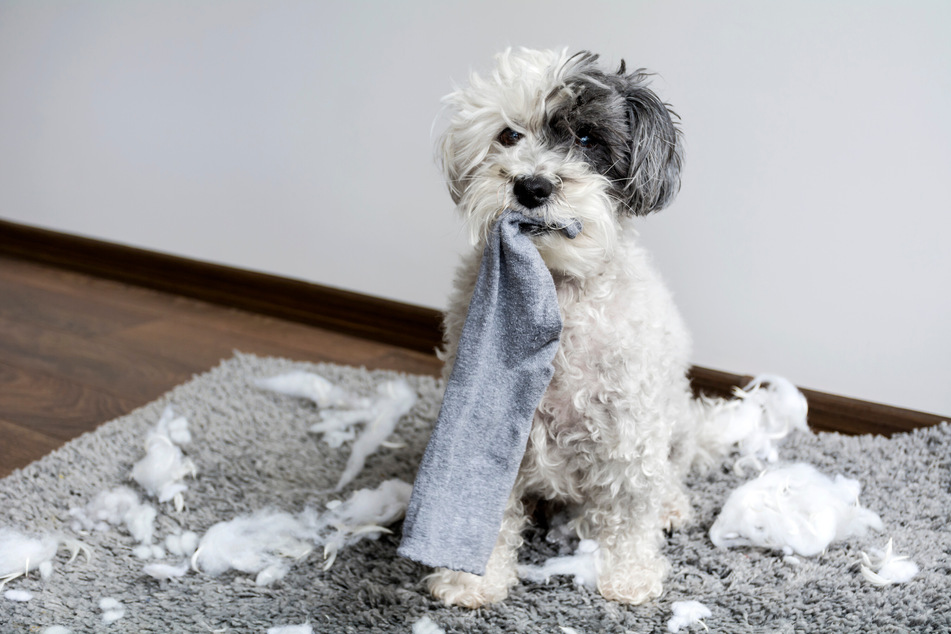
Dogs that are not kept busy find ways to make their everyday lives more interesting. Unfortunately, these are often the ones that owners dislike because they lead to the destruction of property or even harassment of strangers.
According to the news magazine Insider, four-legged friends in particular who are regularly left alone at home for long periods of time tend to find something to do in the house or apartment.
But how can you tell if a dog is bored or perhaps has another problem?
"It's not always easy to tell if a dog is bored," says Dr. Kelly Diehl, a small animal internal medicine veterinarian and senior director of science at the Morris Animal Foundation. However, there are clear patterns of behavior that just about every dog exhibits when bored:- Destructiveness
Furniture, books, soft toys, cushions or shoes are often the victims of these four-legged friends. Everything that is standing around, lying around and can be chewed up becomes a self-chosen activity therapy in the course of lonely and dull hours.
- Digging
Terriers and other hunting dog breeds often tend to dig due to their breeding. The smells in the earth are interesting and digging in itself is a physical exercise that gives many four-legged friends pleasure - and many owners a lot of trouble - when their own garden is full of holes.
- Barking and jumping
Barking and jumping are top strategies for most four-legged friends to get people's attention.
Many dogs use them to get rid of pent-up energy or to let their owners know that they have unmet needs.
These four-legged friends loudly demand attention!
Strategies against boredom on four paws
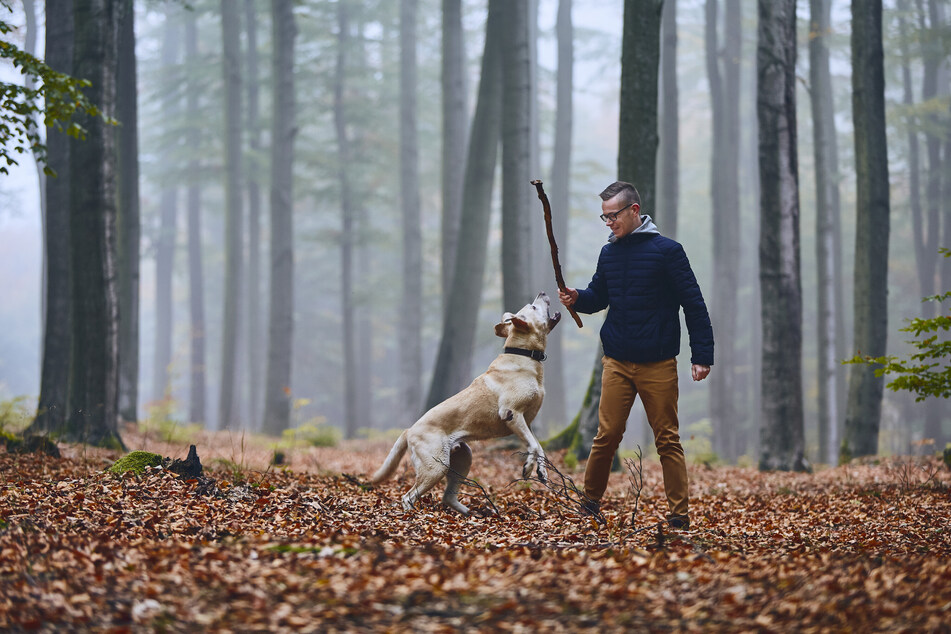
Well exercised dogs are less prone to destructive or rebellious behavior. However, many owners find it difficult to find the time for hour-long walks, especially during the week. But it doesn't always have to be an exciting trip into the countryside.
"Some dogs just need good, old-fashioned exercise to keep them happy," says Dr. Diehl.
In addition to regular walks, which ideally last longer than a quarter of an hour, there are many ways to keep your dog occupied:
- Playing ball
Above all, running and chasing after the ball provides physical exercise.
- Tug games
A large stick, a soft toy or a rope and braid are very suitable for tugging. Pulling on the object and being close to the owner can even improve the dog-human bond.
- Pulling and carrying weights
You can involve your four-legged friend in sporting activities such as jogging, skating or cycling.
Dogs that like to run can be given a double workout by pulling or carrying weights.
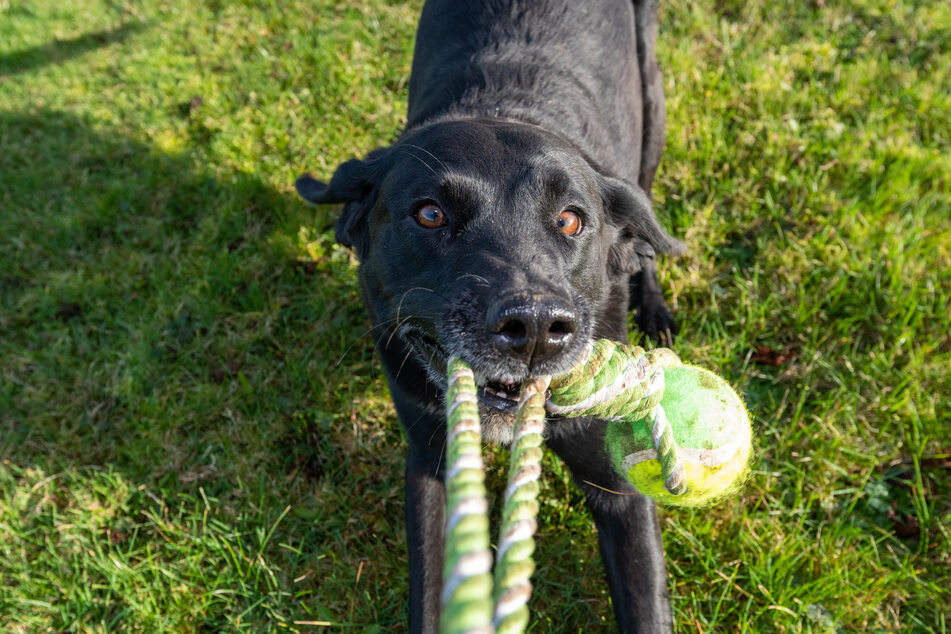
Mental stimulation
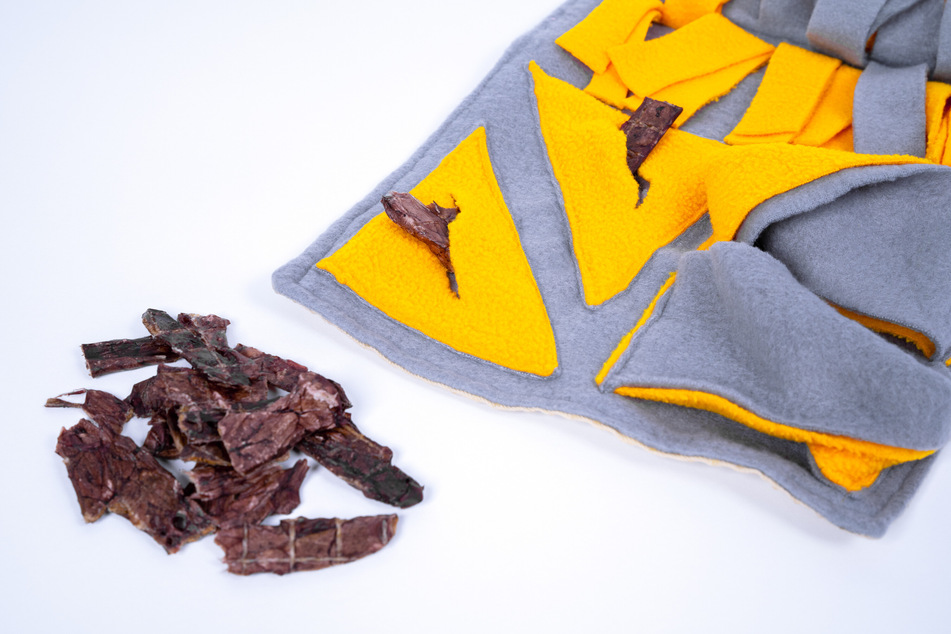
Even dogs that are not so physically active can be offered a remedy for boredom. On rainy days, when even the sportiest furry friend doesn't really want to go outside, the following activities provide fun within your own four walls:
- Interactive toys
Puzzle toys with small treats hidden inside stimulate dogs' brain work. A whole meal can also simply be rolled up in a towel and tied in a knot. This keeps some four-legged friends busy for a while.
There are now also need-oriented toys, such as cuddly toys with smaller stuffed animals inside or tufts of fur that are designed to be inspected by dogs' noses and then taken apart.
- Learning new commands
Teaching your four-legged friend new tricks requires a lot of attention from the animals. Just ten minutes can be enough exercise. And it also works great as an indoor activity.
- Sniffer mats, lick mats and co.
Letting your dog search for food turns feeding into a small experience and is particularly suitable for dry food. You can spread liverwurst or quark on lick mats.
If you freeze the whole thing, your four-legged friend will be occupied for even longer, depending on the amount. And in summer it offers a refreshing way to cool down!
Lunch mat with pumpkin puree, yogurt and peanut butter
This brain toy for dogs demands intelligence!
How being alone is related to sleep and workload
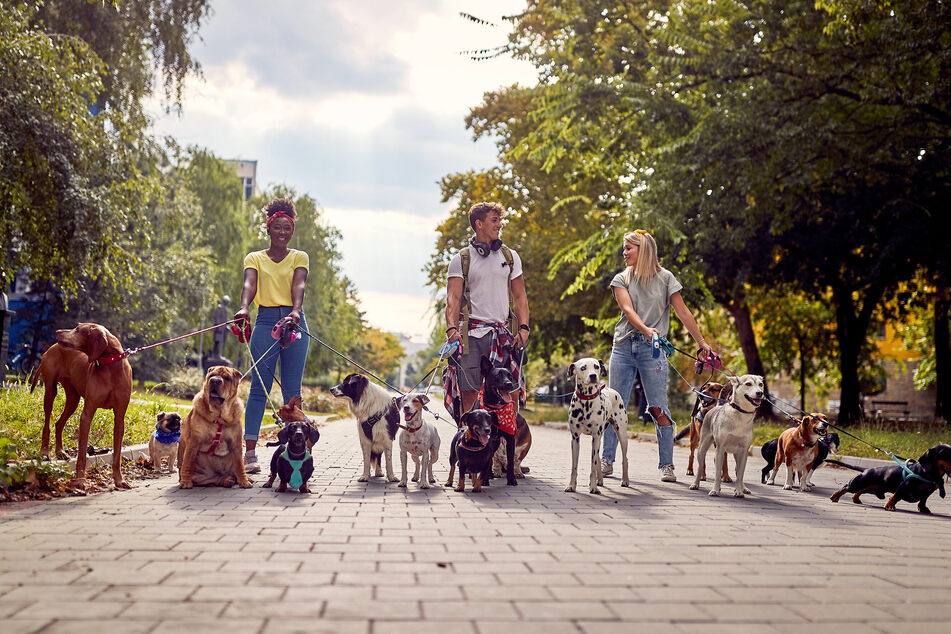
According to the pet magazine"PetPlan", six to eight hours of sleep is no problem for most adult dogs. This is mainly because these four-legged friends sleep up to 20 hours a day - if you include dozing and resting with the deep sleep phases!
Many dogs adapt to their owners' daily routines: They rest when their owners are at work and also sleep at night.
However, some animals find it difficult to rest on their own. This can result in a lack of sleep, which can lead to health problems, just like in humans.
Takinga walk for at least half an hourbefore going to work or leaving dog toys out for the dog to play with in the absence of its owners often helps. This makes it easier for the pelt-noses to fall into a resting phase instead of looking for other things to do in the house.
If there are still problems, you should perhaps think about hiring a dog sitter or a dog walking service to provide a bit of variety and activity in your absence.
Four-legged friends who find being alone extremely stressful are perhaps best looked after in a dog day care center - and will definitely be exhausted by the time you pick them up in the afternoon!